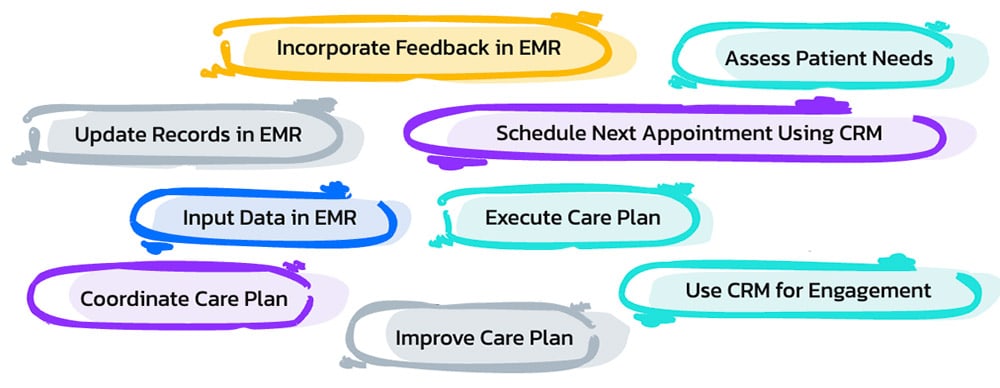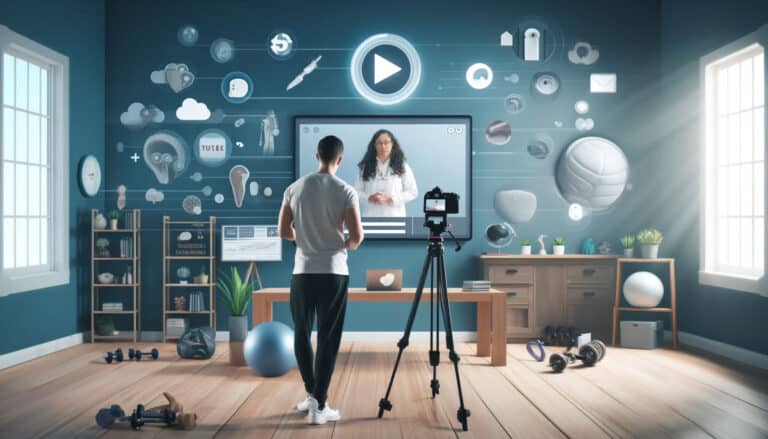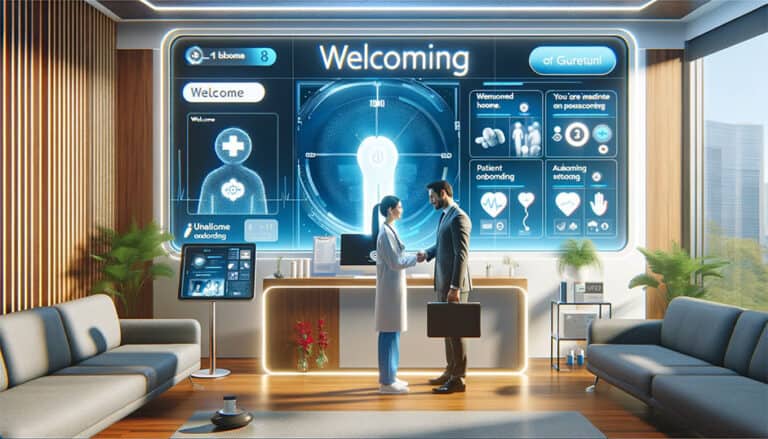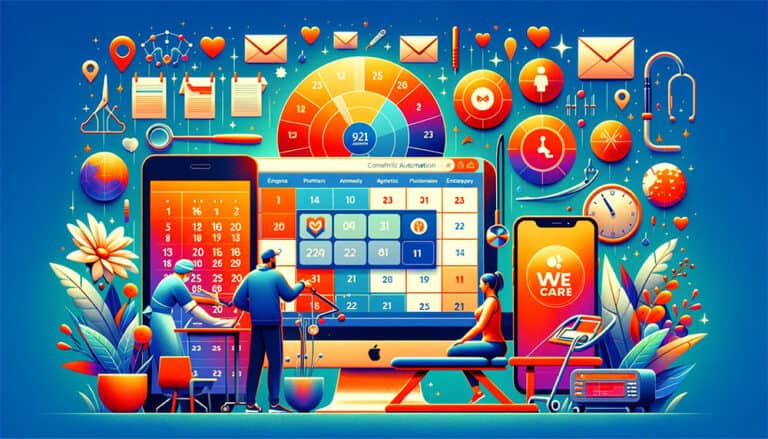Physical therapy practices are increasingly turning to technology to streamline operations, enhance patient care, and secure a competitive edge.
While Electronic Medical Records (EMR) systems have become a staple in managing clinical data and ensuring compliance, the adoption of Customer Relationship Management (CRM) tools, such as High Level, is on the rise.
However, many physical therapy business owners remain skeptical about the added value of implementing a CRM alongside their existing EMR system.
This article aims to demystify the distinct roles of EMR and CRM systems and highlight how integrating both can propel a practice to new heights.
Understanding EMR and CRM: Complementary Functions
EMR systems are invaluable for their ability to store comprehensive medical records, facilitate billing processes, and ensure compliance with healthcare regulations.
They are designed with a clinical focus, aiming to improve the efficiency of medical record-keeping and patient care from a health information perspective.
On the other hand, CRM systems like High Level specialize in managing customer relationships, enhancing patient engagement, and driving business growth.
They focus on the operational and marketing aspects of a practice, offering tools for personalized communication, marketing automation, and analytics—features that typically fall outside the scope of EMR functionalities.
The Untapped Potential of Enhanced Patient Engagement
Integrating High Level into your practice opens up new avenues for patient engagement.
Unlike EMR systems, CRMs enable practices to conduct personalized communication campaigns, automate follow-up messages, and gather patient feedback.
This level of engagement is crucial for improving patient satisfaction, retention, and referrals, ultimately contributing to a thriving practice.
Marketing and Business Development: The CRM Advantage
CRMs are designed to bolster a practice’s marketing and business development efforts.
High Level, for instance, provides sophisticated tools for managing and analyzing marketing campaigns, tracking leads, and optimizing sales funnels.
These capabilities are essential for attracting new patients and maximizing the return on marketing investments, areas where EMR systems generally don’t offer support.
Streamlining Administrative Efficiency
While EMRs excel in managing clinical and billing tasks, CRMs like High Level streamline front-office operations.
From appointment scheduling to handling patient inquiries, CRMs reduce the administrative burden, allowing staff to focus on higher-value activities and enhancing the overall efficiency of the practice.
Success Stories: Integration in Action
The skepticism surrounding CRM implementation often stems from concerns about redundancy and integration challenges.
However, numerous physical therapy practices have successfully integrated CRM systems with their EMRs, witnessing substantial benefits.
These include improved operational efficiency, increased patient engagement, and significant growth in patient acquisition and retention.
Addressing Integration and Usability Concerns
One of the key strengths of High Level is its ability to seamlessly integrate with various EMR systems.
This ensures a smooth data flow between systems, eliminating double data entry and reducing the potential for errors.
Furthermore, High Level’s user-friendly interface coupled with Direct Response PT DIgital’s comprehensive support services simplify the adoption process, making it accessible to all staff members.
Competitive Advantage and ROI
In today’s competitive healthcare landscape, delivering an exceptional patient experience can significantly differentiate a physical therapy practice.
CRM systems offer a competitive advantage by enabling practices to deliver personalized and proactive patient engagement and support.
Additionally, the return on investment (ROI) from CRM implementation is compelling, with practices experiencing increased loyalty, higher conversion rates, and more efficient resource utilization.
Conclusion
The integration of CRM and EMR systems represents a holistic approach to managing a physical therapy practice.
While EMRs focus on clinical and compliance aspects, CRMs like High Level offer a suite of tools designed to enhance patient engagement, streamline administrative tasks, and drive business growth.
By leveraging the complementary strengths of both systems, physical therapy practices can achieve a level of operational efficiency and patient satisfaction that sets them apart in the healthcare industry.









